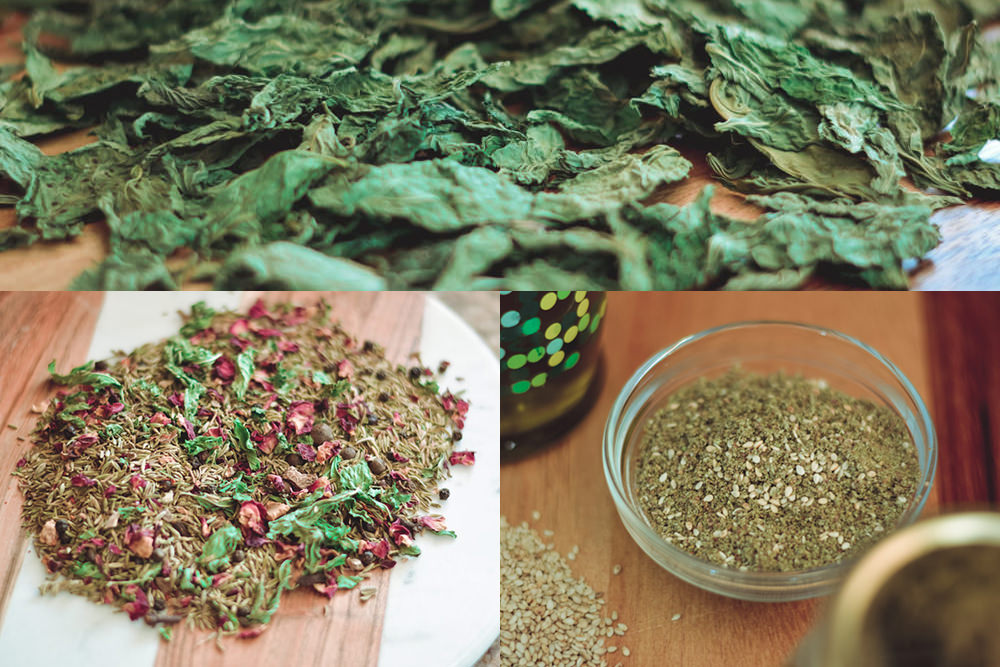Lebanon holds a very dear place in my heart.
While I was born and raised in Boston, MA, I have been visiting Lebanon with my family since I was a little girl. We would go every few years, and spend the entire summer there, getting connected to my extended family and ancestral homeland. Those summers are filled with wonderful memories spent with my grandparents, aunts, uncles and more cousins than I can count. My memories of my time over there revolve around two major things; family and food. Memories like plucking fresh figs with my cousins from the trees at my grandparent’s house, or big family barbeques out on the river with variety of meat kabobs. For mefamily and food were always intertwined in our travels and activities there and as such, were a big part of why I connected to that country.
There are a few Lebanese pantry staples that are either difficult to find here locally or the quality just doesn’t compare. Some of those are Mlokheye, Za’atar, Lebanese coffee, Makhlouta (Mixed nuts), Sumac and many other spices. As such, it makes sense to try and bring back the best versions I can find to use in my cooking.
One necessity in a Lebanese pantry is Mlokheye leaves. Mlokheye, which translates to Jews Mellow or Jute leaves, is a green vegetable used in a very popular dish (also called “Mlokheye”) mostly in Lebanon and Egypt. I bought the dried version, from a family friend in the village. She grows them right outside her home, then dries them in the hot sun for a few days. My mother-in-law packaged them for me in a vacuum sealed bag and told me to store them in my freezer when I get home. They can be stored at room temperature for a few months as well, they just keep for longer in the freezer.

